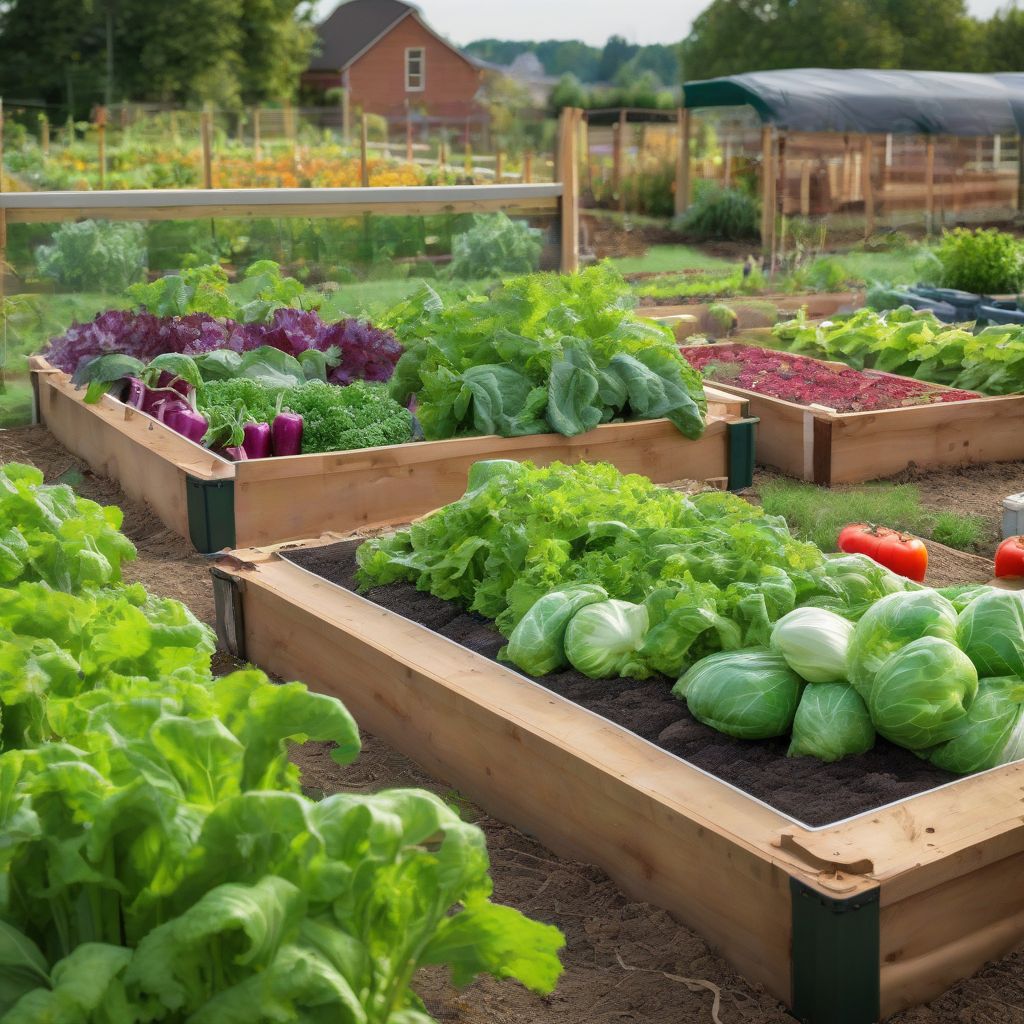Imagine biting into a juicy, sun-ripened tomato in November, or savoring fresh basil pesto in early spring. Extending your growing season doesn’t require magic, just a little know-how and a touch of nature’s wisdom. Whether you’re a seasoned gardener or just starting out, learning how to stretch your harvest can bring joy and abundance to your table for months longer than you thought possible. Let’s dive into the natural ways you can make the most of your garden, no matter the climate.
Understanding Your Growing Season
Before we jump into techniques, let’s define what we mean by “growing season.” It’s the period between the last frost in spring and the first frost in fall when temperatures consistently stay above freezing. This timeframe varies greatly depending on your location. Knowing your first and last average frost dates is crucial for planning and maximizing your growing potential. You can find this information through local agricultural extensions, online resources, or even by talking to experienced gardeners in your area.
Natural Ways to Extend Your Growing Season
Season Extension Techniques for Early Spring
Getting a jumpstart on the season is all about protecting young plants from the lingering cold. Here are some effective methods:
- Cold Frames: These are simple, portable structures with a transparent top (usually glass or plastic) that trap heat and create a mini-greenhouse. They’re perfect for hardening off seedlings and growing cool-season crops like lettuce and spinach well into spring.
- Row Covers: Also known as floating row covers, these lightweight fabrics allow sunlight and water to reach plants while providing protection from frost and insects. They’re easy to use and can add several weeks to your early spring harvest.
- Cloches: These individual plant covers, often made of glass or plastic, create a warm, humid microclimate around each plant. They’re especially useful for protecting tender seedlings from unexpected cold snaps.
- Starting Seeds Indoors: This classic technique allows you to get a head start on the growing season by sowing seeds indoors several weeks before the last frost. When the weather warms, you can transplant your seedlings outdoors.
Season Extension Techniques for Late Fall
Just as you protect plants from the cold in spring, you can shield them from frost in the fall to extend your harvest well into the colder months.
- Greenhouses and Hoop Houses: These structures provide a more controlled environment and can significantly extend your growing season, even allowing you to grow certain vegetables year-round.
- Mulching: Applying a thick layer of mulch around your plants helps insulate the soil, retaining heat and protecting roots from frost. Organic mulches like straw and wood chips also improve soil health.
- Wall O’ Water: These ingenious devices are filled with water that freezes, releasing heat and protecting plants from frost. They’re ideal for extending the season for heat-loving crops like tomatoes and peppers.
- Cold-Hardy Vegetables: Choosing varieties that are naturally more resistant to cold can significantly extend your fall harvest. Consider kale, Brussels sprouts, carrots, and other root vegetables.
Choosing the Right Plants
While season extension techniques can work wonders, choosing the right plants for your climate is essential. Research which vegetables thrive in your region and select varieties that are known for their cold tolerance.
Cool-Season Crops
These plants prefer cooler temperatures and can tolerate light frosts. They’re ideal for extending your season in both spring and fall.
- Lettuce: Choose varieties like ‘Winter Density’ or ‘Arctic King’ for cold-hardiness.
- Spinach: ‘Bloomsdale Long Standing’ is a good choice for overwintering.
- Radishes: These fast-growing roots can be planted successively throughout the season.
- Peas: Plant early and late varieties for a longer harvest.
Warm-Season Crops
These plants thrive in warm weather and are more susceptible to frost. Using season extension techniques is crucial for maximizing their growing season.
- Tomatoes: Choose determinate varieties for a shorter growing season or use techniques like Wall O’ Water to extend the season for indeterminate types.
- Peppers: Start seeds indoors and use cloches or row covers to protect young plants.
- Cucumbers: Provide trellising for better air circulation and use row covers to protect from pests and early frosts.
- Squash: Choose varieties like ‘Winter Squash’ for a long storage life after harvest.
Soil Health and Fertility
Healthy soil is the foundation of a productive garden. Ensure your soil is well-drained and rich in organic matter. Amending your soil with compost or aged manure will improve its structure, fertility, and water-holding capacity, leading to healthier plants that are more resilient to environmental stresses.
 Extending the Growing Season
Extending the Growing Season
Conclusion
Extending your growing season naturally is a rewarding endeavor that allows you to enjoy fresh, homegrown produce for months longer than you thought possible. By combining simple techniques like cold frames, row covers, and thoughtful plant selection, you can create a thriving garden that provides abundance throughout the year. Remember to consider your local climate, choose appropriate varieties, and nurture your soil for optimal results. Now, go forth and enjoy the fruits (and vegetables!) of your extended growing season! Share your experiences and tips in the comments below, and let’s learn together how to make the most of our gardens. Don’t forget to check out our other articles on gardening tips and healthy recipes to further enhance your gardening and culinary journey!



